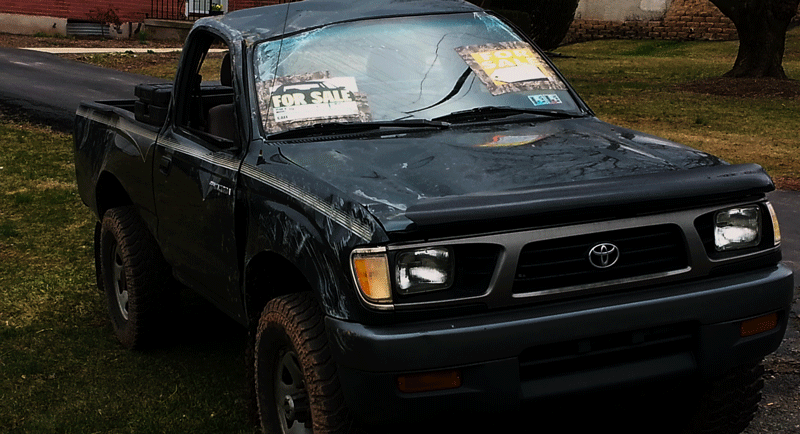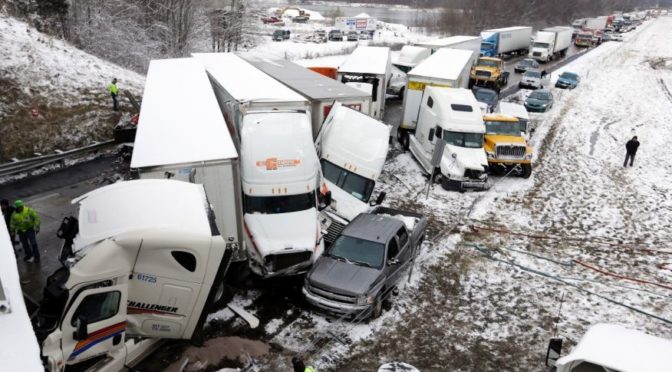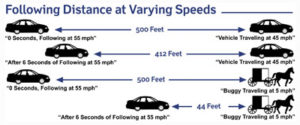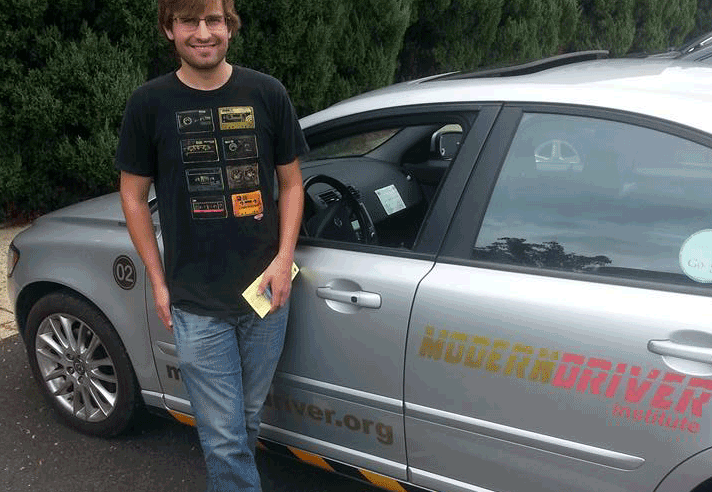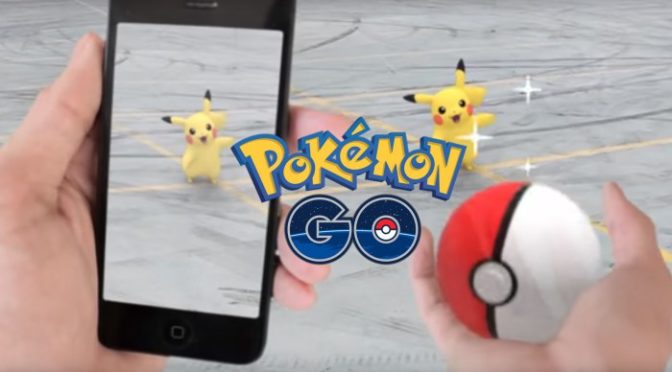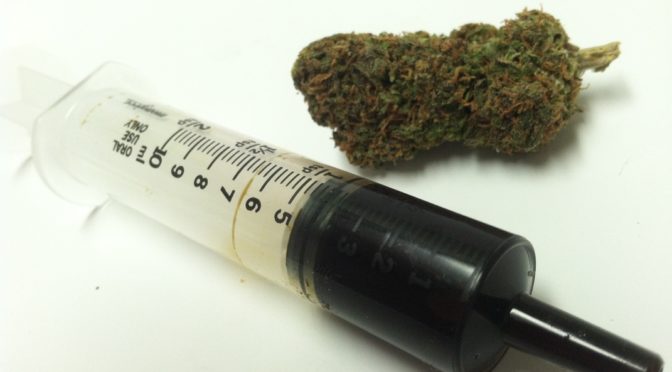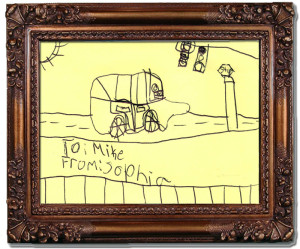Parents often ask me for recommendations about what their new teen driver should be driving. I thought I’d put all the information in one place. Overall, the goal is to get them into a safe, sensible vehicle that will best buffer any mistakes they make and protect them well if they get into trouble.
First off, let’s consider your teen driver. The CDC estimates an average of 6 teens ages 16-19 die every single day in preventable car crashes, and that teen drivers in their first year of driving are at 3 times the crash risk per mile driven as older teens with more experience. Most teens fail to properly anticipate road hazards, have a tendency to speed and fail to preserve proper safety space. The two most common crash types for new teen drivers are single vehicle run off the road (which mostly happens because they take curves too fast) and rear-end collisions (failing to have enough following distance in traffic).
WHAT NOT TO GET
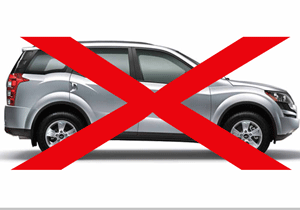 I’ve said this before, and I’ll say it again: SUV’s (sport utility vehicles) and similar vehicles are poor choices for new teen drivers. The high center of gravity increases rollover risk. Combine this with a new teen driver likely to misjudge the proper entry speed to a curve, and you have a recipe for disaster.
I’ve said this before, and I’ll say it again: SUV’s (sport utility vehicles) and similar vehicles are poor choices for new teen drivers. The high center of gravity increases rollover risk. Combine this with a new teen driver likely to misjudge the proper entry speed to a curve, and you have a recipe for disaster.
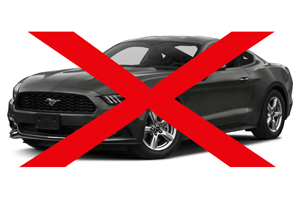 Likewise, high-performance cars should be out of the mix. This includes anything with more than 6 cylinders in the engine, and anything with rear-wheel drive. Most new teen drivers already have a tendency to go too fast and leave too little space – giving them too much power on top of this is a recipe for disaster. Rear-wheel drive vehicles have a tendency toward oversteer skids, which new teen drivers may not have the skills to counteract. They also tend to be much harder, and more dangerous, to drive in inclement weather.
Likewise, high-performance cars should be out of the mix. This includes anything with more than 6 cylinders in the engine, and anything with rear-wheel drive. Most new teen drivers already have a tendency to go too fast and leave too little space – giving them too much power on top of this is a recipe for disaster. Rear-wheel drive vehicles have a tendency toward oversteer skids, which new teen drivers may not have the skills to counteract. They also tend to be much harder, and more dangerous, to drive in inclement weather.
 Also, stay away from compacts and minicars – these simply don’t have the mass to protect your young driver in a crash with anything larger than themselves (which is every other vehicle on the road).
Also, stay away from compacts and minicars – these simply don’t have the mass to protect your young driver in a crash with anything larger than themselves (which is every other vehicle on the road).
SO, WHAT TO GET?
The best choice for a first car for a new teen driver is a mid-sized, 4-door, 4-cylinder, front-wheel drive sedan. If you’re on a tight budget, there’s good news. Safety features such as airbags, antilock brakes and traction control have been standard on many cars for more than 20 years, so you can go all the way back to the mid-1990’s for a great car at a bargain price.
Here are some good choices. All of the vehicles below are mid-sized or large sedans with 5-star government crash ratings, and all can be had for under $5,000. Click on the images for more information.

